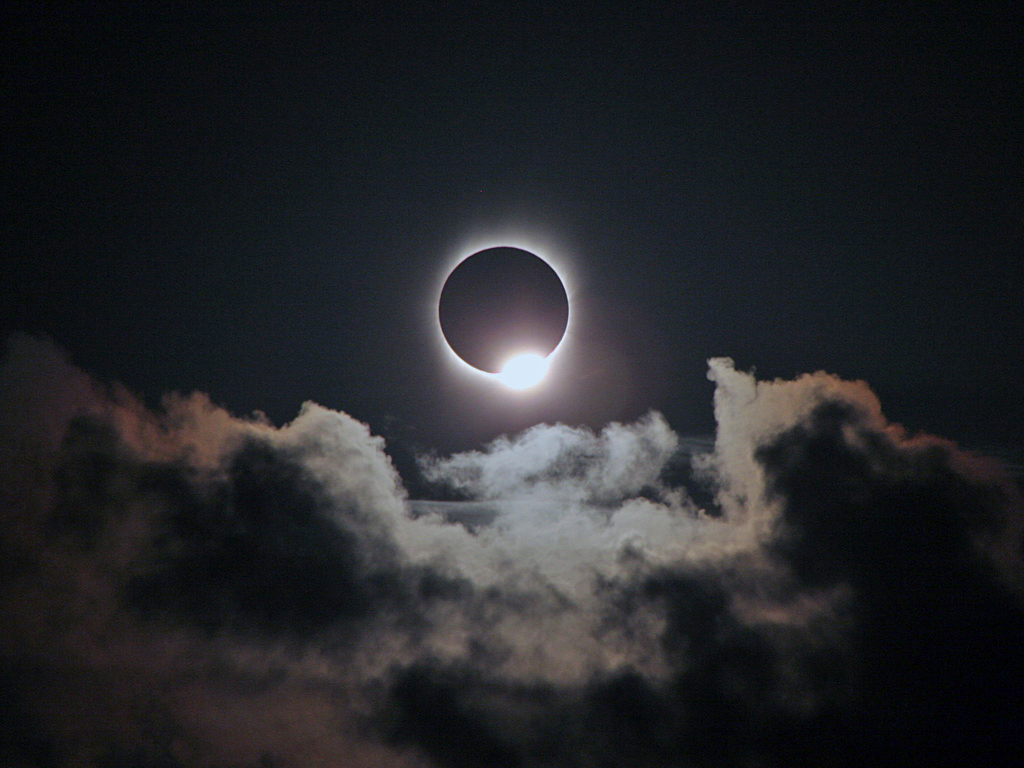
This Monday, August 21st, states across the lower 48 will get to see a full solar eclipse, as the moon slides directly in front of the sun for roughly two minutes. People from all over the world are flocking to towns that will fall under the path of the moon’s shadow.
Solar eclipses are an exciting event for stargazers around the globe, but it has not always been that way.
Though eclipses have been observed for millennia, Dr. Erin Hicks, director of the University of Alaska Anchorage’s planetarium, said that until recently they were generally a terrifying shock to the public.
“In science circles, we understood what an eclipse was,” Hicks said. “But in the general population, in the late 1800s even, that information hadn’t disseminated out to become common knowledge. So these events were still this awe-inspiring, what’s happening, we didn’t know this was going to happen today event.”
The last time a total solar eclipse happened above the United States was in 1878. In his new book American Eclipse, author David Barron describes how some farmers who did not know it was coming believed they were seeing the second coming of Christ.
Many cultures developed mythological explanations for eclipses. For example, in Ancient China, people believed the sun was being devoured by a giant dragon and the only way to scare it away was to make as much noise as possible.
Hicks believes that even with more scientific understanding the fascination with this phenomenon has not been lost.
“I think it’s still that awe-inspiring event,” Hicks said. “It’s a time where it brings communities together, reminds us that we all live on this planet, and that we’re part of something much bigger in the universe.”
Between Oregon and South Carolina there is a 70-mile-wide strip of land where the sun will be completely covered by the moon as it passes across the sky. This area is ominously called the “Path of Totality.” Here, not only will it seem like day has turned to night, but viewers will be able to see parts of the sun that normally can’t be observed by the naked eye.
“There’s this atmosphere of the sun called the corona that we don’t see because the primary disc of the sun is very, very bright,” Hicks said. “But once that disc is blocked out we can then see kind of this, it’s often referred to as a ring of fire, this kind of hazy light up there.”
Unfortunately, Alaska is hundreds of miles north of the path of totality. But that doesn’t mean there will not be any observable effects of the eclipse here.
Depending on where you are, a portion of the sun will be blocked. In Anchorage, it will be a little under half, in Juneau, just over half, and in Utqiagvik, less than a quarter. The eclipse will reach its maximum coverage of the sun between 9 and 9:30am.
Although a portion of the sun will be obscured, it is still important not to stare directly into the sun while viewing the eclipse. For those who want to get a better look without damaging their eyes, the American Astronomical Society has a list of solar eclipse viewing glasses from reputable vendors.
The Museum of Anchorage will be hosting a viewing party on the museum’s front lawn at 8:30am on Monday, with solar telescopes and other eclipse viewing equipment.




